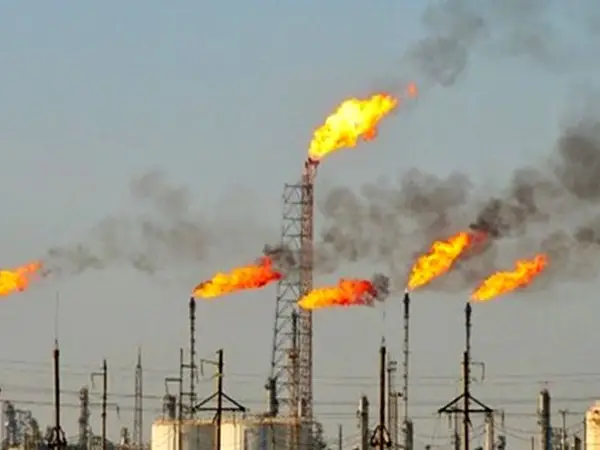Iran’s gas flaring levels increased by 32% year-on-year to 17.4 billion cubic meters (bcm) in 2021, according to a new report, released by Word Bank.
Iran ranked third globally after Russia and Iraq in terms of gas flaring levels during last year.
The country has failed to develop and install needed equipment to collect associated gas, produced from oil fields during last two decades.
According to the Oil Ministry’s estimates, some $5 billion is needed for curbing gas flaring, which sonstitutes about 7% of the country’s total gas production, while the annual worth of such a volume is more than $5 billion in regional markets. For comparison, it is equal to 30% of Turkey’s total gas consumption in 2021 or Iran’s total gas exports to Iraq and Turkey during last year.
Iran has failed to make significant investments in its oil and gas sectors for at least 10 years as international sanctions (2011-2015) and US oil export sanctions since 2018 have limited the country’s financial resources. In November, oil minister Javad Owji said that at least $160 billion in investments is needed to revitalize the sectors.
In 2017, a French company signed a deal with Iran to help install technology to trap natural gas escaping from oil producing wells, but the reimposition of US sanctions in May 2018 scuttled all such projects.
The Word Bank says the ratio of the flared gas to produced oil in Iran is 15.36 cubic meters per one barrel, the highest level in the world after Venezuela and Algeria.
Gas flaring also shares 8% of Iran’s greenhouse gas emissions. Iran, with 745 million tons of greenhouse gas emissions, ranked 6th globally in 2020, of which 60 million tons came from gas flaring, according to the Global Carbon Atlas’s latest statistics.
There is no new report about Iran’s greenhouse emissions level, but regarding the 32% growth in flaring gas volume, as well an end to Covid-related quarantines, it should be continuing to rise.
Iran’s greenhouse gas emissions increased by 18% since 2015, when the international community, including Iran, decided to decrease emissions, based on the Paris Climate Agreement.
Word Bank said the global flaring gas level stood at 144 bcm in 2021, almost unchanged year-to-year, and resulted in 328 million tons of carbon dioxide emission.
Last year, total greenhouse gas emissions in the world hit a historic record, reaching above 36 billion tons, which was about 2 billion tons more than in 2020, according to the International Energy Agency.
